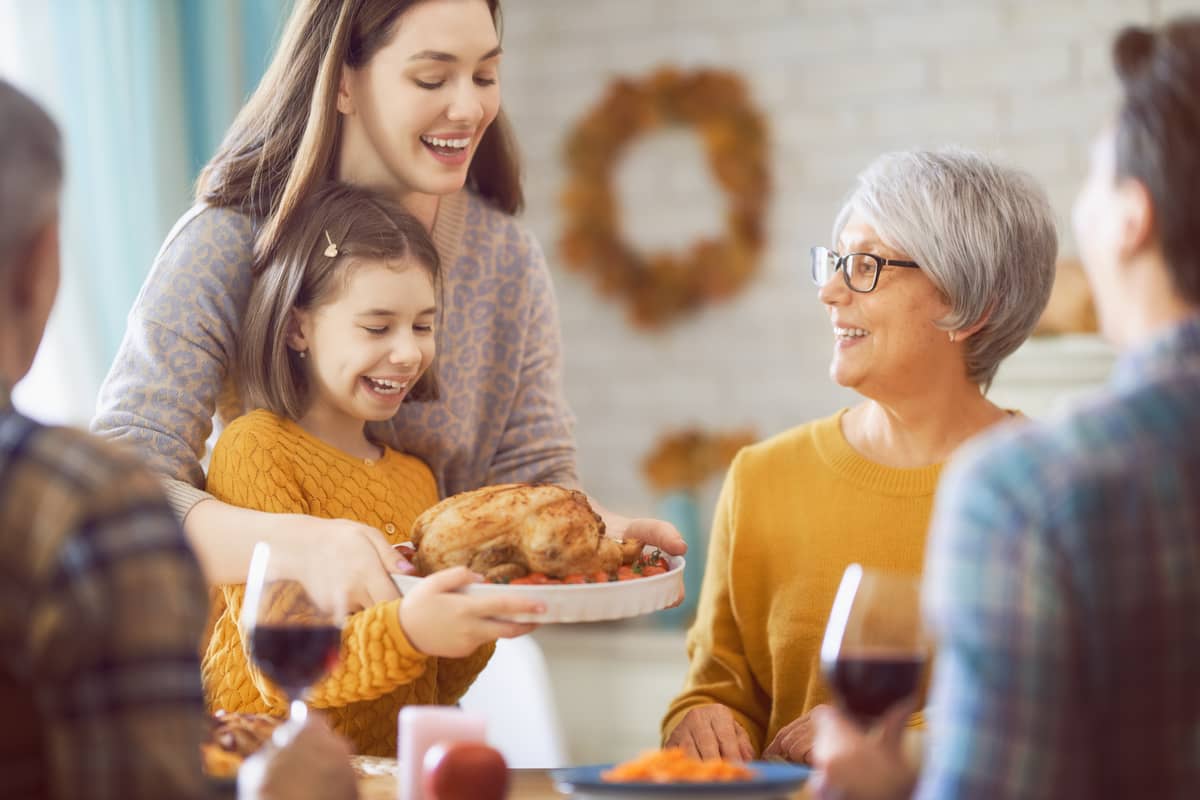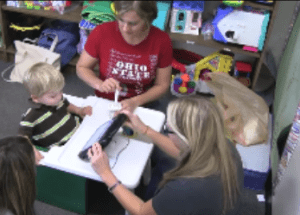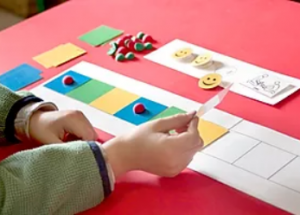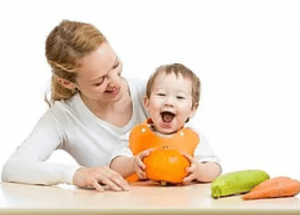The seasonal round, especially certain holidays like Thanksgiving, create a sense of continuity. Families and communities alike gather, sharing traditions, memories, laughter, and good food. But with so many holidays being commercialized, you might wonder how to teach children the meaning of Thanksgiving. The challenge is even more difficult if your child has developmental issues.
One possibility is reaching out to a trained organization like Kidology (Huntingdon Valley, PA; Philadelphia, PA; Sunny Isles, FL), which can offer you insights and special instruction to your child. When you have questions, we have answers. There are also simple things you can do at home. Teaching gratitude is one of the most important gifts you can give a youth. Studies show thankful children exhibit:
- Happier outlooks
- Better sleeping patterns
- Greater self-esteem
- The ability to handle stress more effectively.
Thanksgiving is an opportunity to re-focus not just your child, but the whole family, on blessings both small and large.

How to Teach Children the Meaning of Thanksgiving: Tips, Activities, Talking Points
Teaching the meaning of Thanksgiving isn’t just a quick talk. Children mirror adult behaviors they see when presented consistently. You are creating an experience, an atmosphere, that supports learning without feeling like a lecture.
- Discuss with your child why Thanksgiving came about as a fall harvest celebration between Native Americans and the Pilgrims.
- Everyone, yes everyone, should put away their cellphones and focus on each other. You might get some kickback from a child who is normally attached 24-7, but you have a teaching moment here. You do not need to text someone in the same room!
- FOOD! You probably have recipes from family members you make annually. Talk about them as you cook. Give your child age-appropriate sous chef tasks. The kitchen has always been a place for over-the-counter talk, focused on special, simple things.
- If others are bringing a plate to share, ask them about it. Start positive, lively conversations.
- When you go to the dinner table have each person share the things for which they are grateful This acts as an example to your kids that even though some days are awful, there are still so many other things balancing out the equation.
- Speaking of dinner, turn off the TV. Try some relaxing music instead so you can easily hear and respond. It gives you time for sharing your family traditions, and memories from past Thanksgiving celebrations.
- Think out of the box. Get a big poster board and let everyone write words of thanks on it. Pictures too! You can put this up in your home as a reminder that Thanksgiving is an attitude as much as a holiday.
- Ask your child if any of their friends need food. If so, have them prepare a gift basket. Thanksgiving is about sharing from what we have. Alternatively, help out at a food shelter or send a care package.
- Play Thanksgiving trivia. Find weird facts about various parts of the holiday. Examples include:
- What did they eat on the first Thanksgiving?
- When did Thanksgiving become a holiday?
- How many turkeys are eaten on Thanksgiving?
- Do cranberries bounce?
And so forth. Now, it’s obvious that younger children may not know these questions so you can opt for conversation starters instead, such as:
- Can you think of anyone you’d like to say thank you to today? Why?
- If you could give away one of your prized toys to someone, what would it be and where would you send it?
- What are four things in your home for which you’re grateful (that make you happy)?
- How do you feel when someone does something really wonderful for you?
- How do you feel when you do nice things for other people?
- What is your favorite Thanksgiving tradition?
As you can see, how to teach your children the meaning of Thanksgiving can be fun and fulfilling. And don’t forget you can get ideas by networking with online groups such as ours on Kidology Drop us an email any time!







